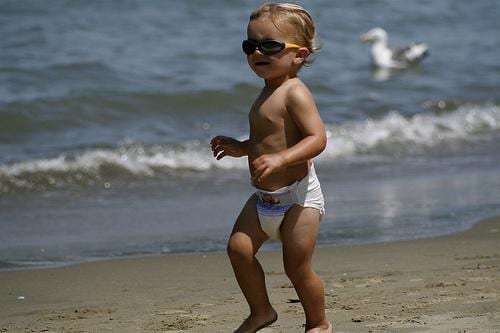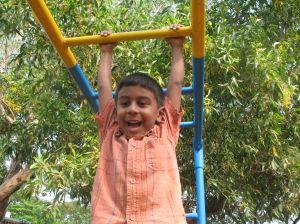Search Results for: students' parents
Helping Kids Understand the Dangers of Smoking
Every day, 3,600 kids between the ages of 12 and 17 start smoking, according to estimates by the Centers for Disease Control and Prevention (CDC). A fact sheet on youth and tobacco use states that 20 percent of high school students in the United States were current smokers in 2007. Ninety percent of adults who smoke are likely to have started smoking as kids, according to the American Academy of Child and Adolescent Psychiatry (AACAP). These numbers are startling and continue to be a cause for concern. The fact is, kids continue to start smoking despite the fact that there is so much information and statistical data available that ought to deter them. It is the responsibility of parents, caregivers, teachers and mentors to help kids understand the dangers of smoking. This article offers tips and step-by-step instructions to help you in the process.
Internet Education for Kids
The Internet is an incredible tool for learning and communication, but just as in real life, there are places children shouldn’t go and things they shouldn’t see. While many schools are now teaching students how to be safe on the Internet, it is a parent’s job to be certain his child has been well-educated on Internet safety and use.
How Does Nutrition Affect Learning?
If you’ve ever been stuck at work, stomach rumbling from hunger, you know how difficult it can be to concentrate on the task in front of you. You might feel tired, sluggish and even a little irritable. As a consequence, you’re probably not able to perform to the best of your ability. Now imagine you’re a child who had to go to school without breakfast because your parents didn’t have enough money to feed you. Unfortunately, this is a reality for many school-aged children, and the effects of poor nutrition on learning are a widespread problem.
Top 10 Vacation Spots to Take a Toddler
There are many vacations spots that cater specifically to families, especially those with adventurous, high-energy toddlers and preschoolers. These destinations offer room for exploration and fun and are sure to please any busy, rambunctious toddler.
List of Fun Exercises for Kids
Kids are naturally active and do not need much encouragement to get up and move. Keep them interested in physical activity with fun exercises that are also appropriate for their physical skill level, intellectual level and maturity level. Encourage exercises which involve movement, balance, coordination and teamwork. Running, walking and bike riding are exercises which kids learn early and are not quickly (if ever) outgrown. Other exercises including jumping rope or playing hopscotch will be abandoned by older children who want to be seen as mature and not as babies. All children can learn how to do sit-ups and push-ups, to build strength and stamina. Keep these activities as warm up exercises for older children, and encourage them to increase their stamina by adding more repetitions.





